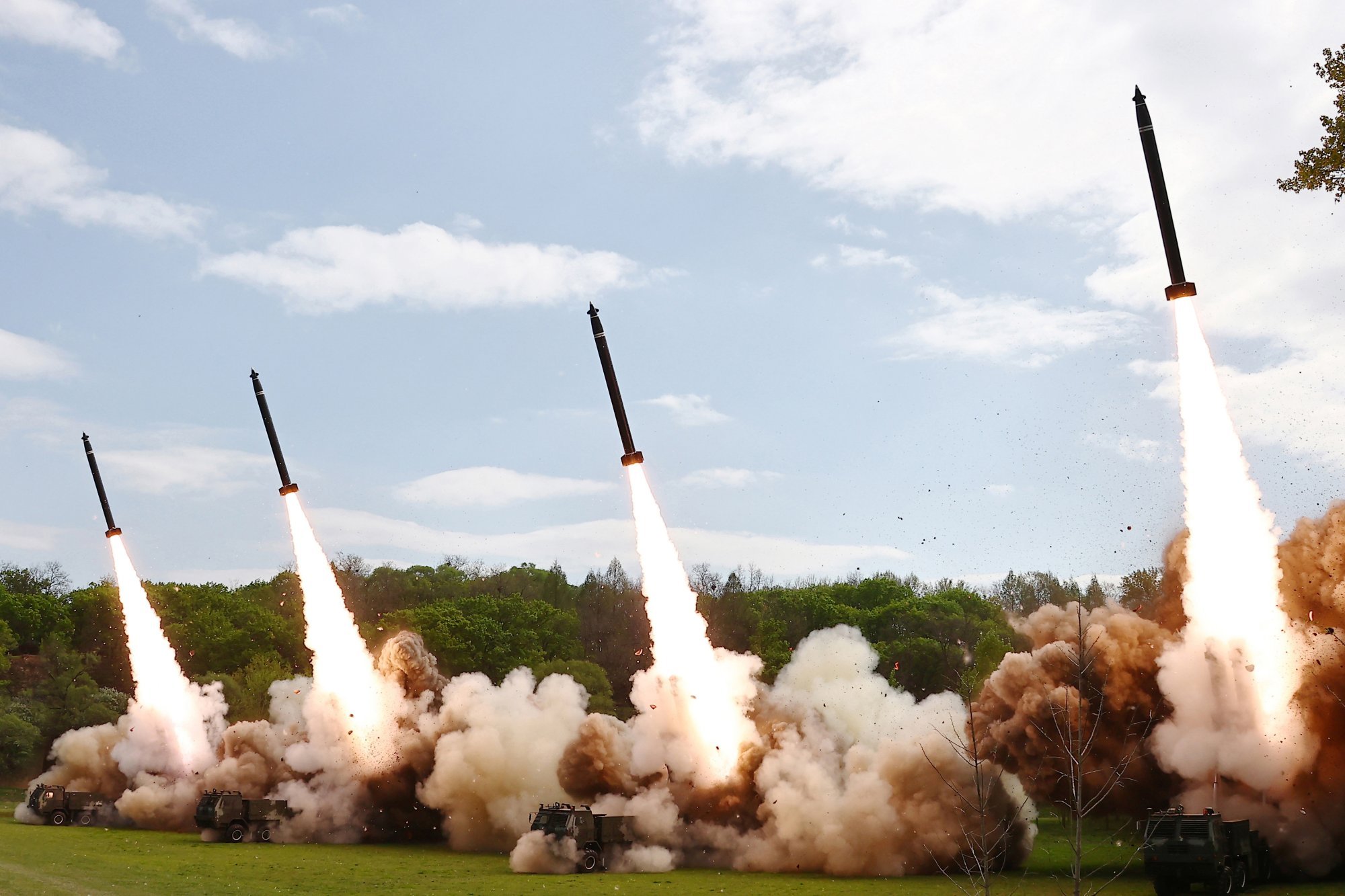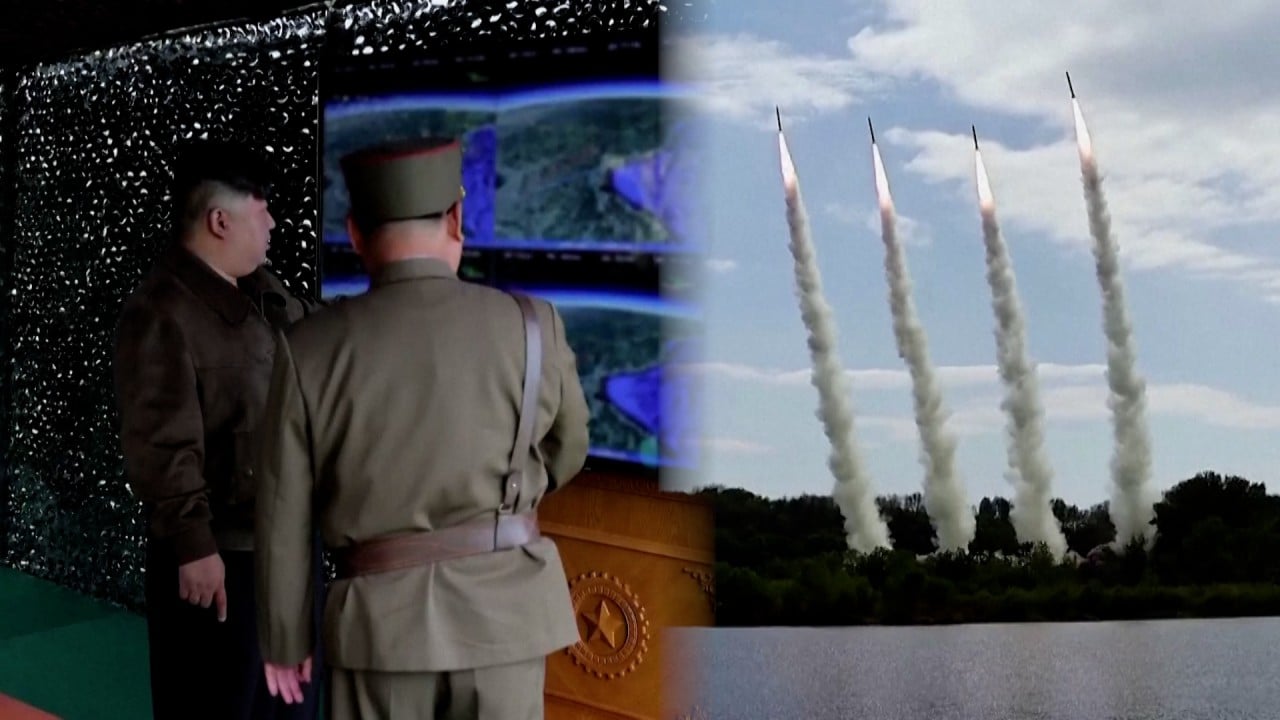These bombs would serve “both symbolic and operational purposes” as part of a deployment of roughly 180 US nuclear weapons to South Korea over “the next few years”, said the report.
Bennett said at Thursday’s forum that South Korea pays to modernise about 100 of the old tactical nuclear weapons the US has earmarked for dismantling. These could then be stored in the US and brought to South Korea if the North were to attack, he said.

The US last deployed tactical nuclear weapons to South Korea in the 199os and there have been growing calls for their return. But Bennett said renovating the ageing storage facilities in South Korea would prove costly.
China would also likely protest against such a move, he said, citing Beijing’s earlier objections to Seoul’s plans for a US THAAD anti-missile air defence system.
A poll conducted in South Korea at the turn of the year found nine out of 10 respondents thought it would be impossible to denuclearise North Korea, with 73 per cent saying South Korea should develop its own nuclear weapons. The poll commissioned by the Chey Institute for Advanced Studies was conducted by Gallup Korea between December 15 and January 10.
But South Korea developing its own nuclear weapons would constitute a massive expense. Bennett said it would be more economical for Seoul to finance the modernisation of 100 US tactical nuclear weapons, at an estimated cost of 3 trillion won (US$2.2 billion), than spend 1 trillion won on one self-developed weapon.
Unlike the North, South Korea also lacks uranium mines – and would likely face international sanctions if it did start developing its own nuclear weapons.
China and Russia would raise hell with such moves, crying foul as they could be in breach of the Non-Proliferation Treaty
US public opinion, meanwhile, has steadily turned against defending South Korea. Only 50 per cent of respondents to an opinion poll conducted in September by the Chicago Council on Global Affairs favoured using US troops to defend South Korea in the event of an invasion, down from 63 per cent in 2021, and 55 per cent last year.
“I think we need to have a plan that is based on reality. If you are assuming that the United States is going to break its spear, if you will, fighting North Korea, that is an imprudent assumption,” Elbridge Colby, former deputy assistant secretary of defence for strategy and force development, told Yonhap news agency.
“To the extent that we are currently planning on sending massive amounts of forces to Korea that would decrease our ability to deal with the Chinese, I think we need to revise that.”

“Relying on the goodwill of the US president in the face of North Korea’s blatant nuclear threats is extremely dangerous,” said Cheong Seong-chang, a senior analyst at the Sejong Institute think tank. “US history shows that its defence commitments have not always been kept.”
However, any reintroduction of nuclear weapons to South Korea would likely anger both Beijing and Moscow, according to Yang Moo-jin, head of the University of North Korean Studies in Seoul.
“China and Russia would raise hell with such moves, crying foul as they could be in breach of the Non-Proliferation Treaty,” he told This Week in Asia, citing the international treaty to prevent the spread of nuclear weapons.
“Instead, we had better look back on what was achieved through past negotiations and renew efforts to resume dialogue with the North for a nuclear freeze before moving to the next stage through confidence-building.”


